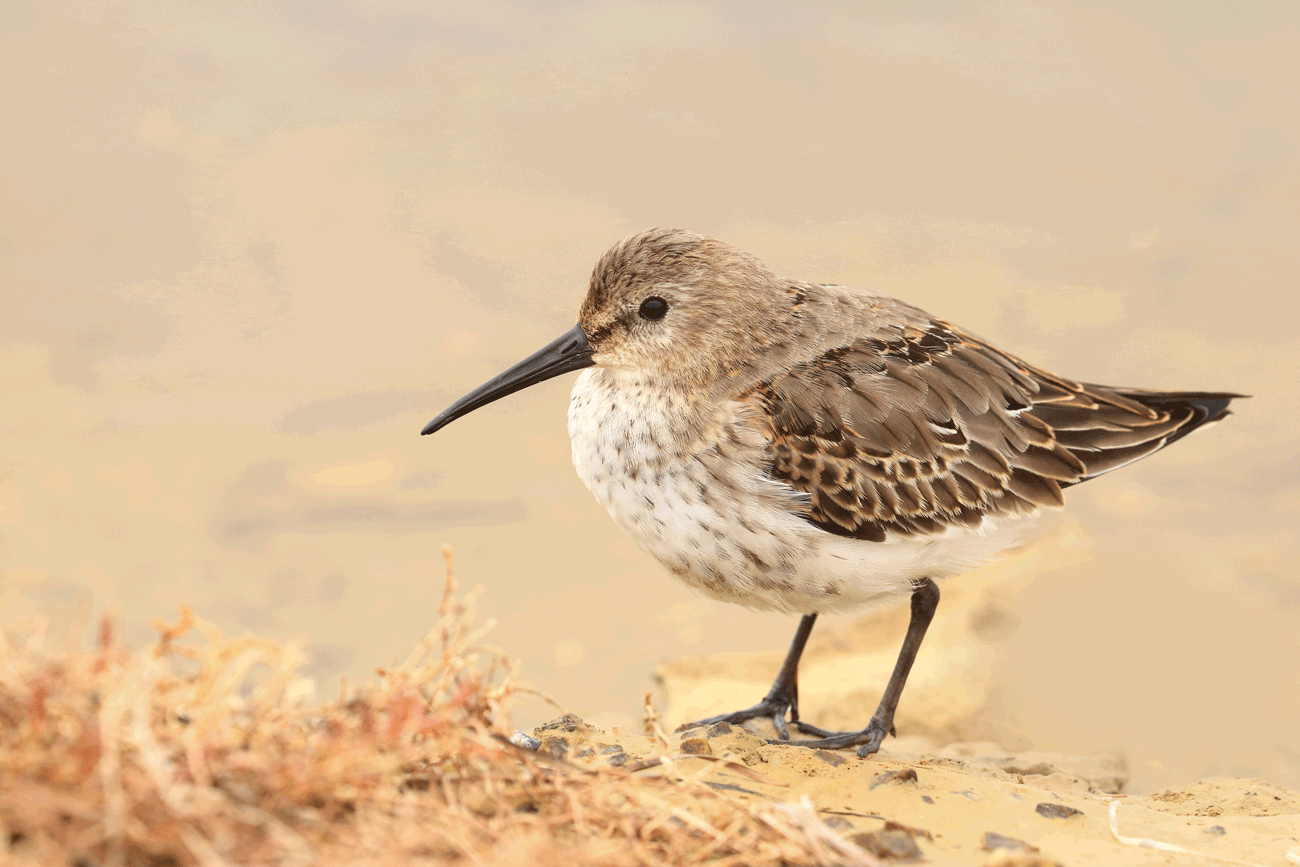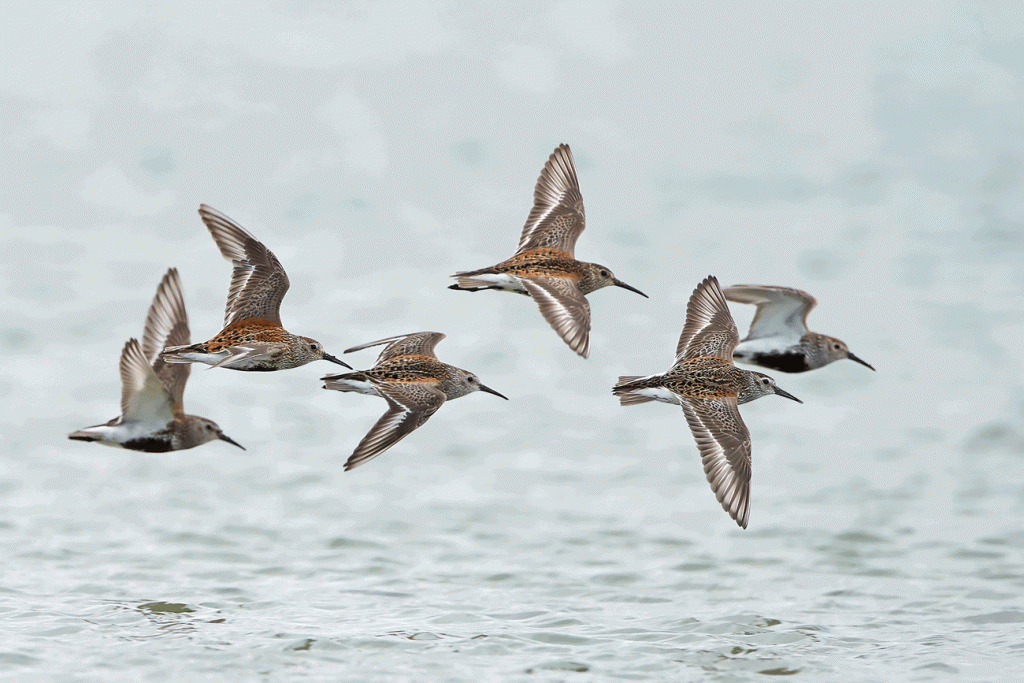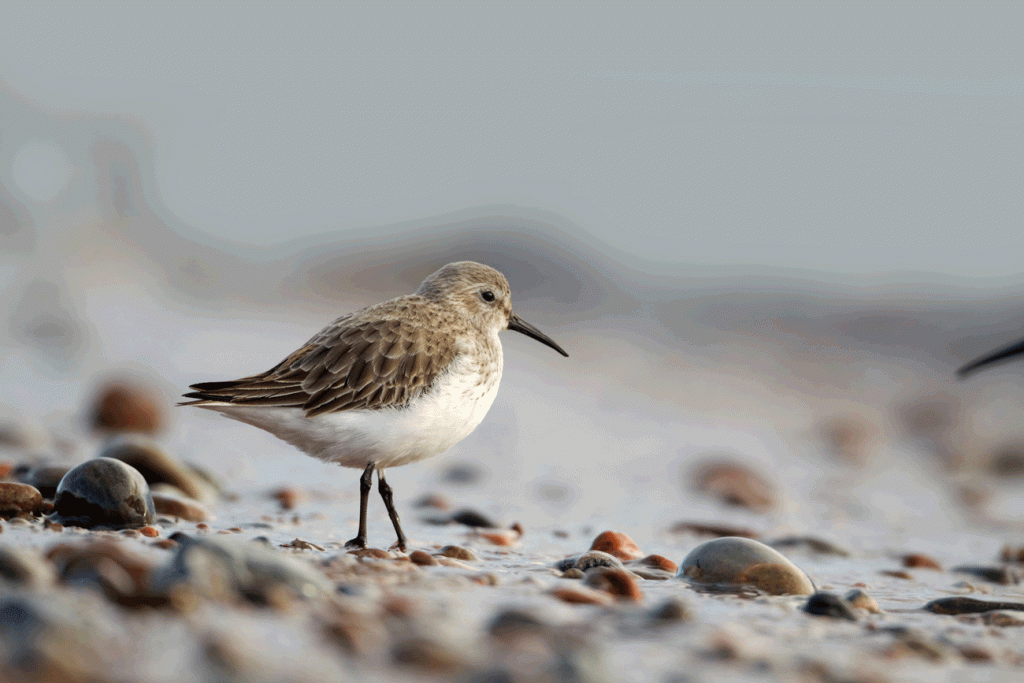
Looking twice reveals a surprise presence – by @Crane_Spotter
We are all excited if we receive an unexpected package at Christmas – and most of us get the same sort of feeling when we come across something out of the blue in the natural world.
If you have ever discovered a scarce butterfly, a patch of rare orchids, or a hummingbird hawkmoth taking nectar from your garden flowers then you will know what I mean. It gives you a buzz.
Finding the unusual often also relies on giving everything a double, or even treble look, and my birding philosophy to check twice and once again has often paid off with a welcome payback.
So it was back in the early autumn when I was out walking and struck what they call ‘patch gold.’ This is the term used to commemorate finding an extremely rare species for the area you study, in my case the vicinity of Cranleigh and Ewhurst.
On this hot day my attention was quickly drawn to over 100 migrating House Martins who were repeatedly circuiting a small farm pond.

Their white rumps flashed as they twisted acrobatically to drop down to water level and scoop up refreshment while on the wing.
Soon the show was over and their excited calls disappeared into the distance as they flew off together as one. A couple of Meadow Pipits, now returning to local fields from their northern summer quarters, called as they passed overhead. And then all was quiet.
As there was nothing more to see I decided to move on. But first I quickly scanned the edges of the pool. Nothing there. Then I repeated the process. As I thought – nowt. One last look. And what a good job I did. Hey, that lump on the muddy fringes! It wasn’t a clod of earth, after all, but a small wader!
The bird, with a slightly de-curved black bill and black legs, was walking away from me and feeding as it went. My initial identification was soon confirmed as I edged closer.
It was a juvenile Dunlin and the first of its kind to be recorded locally since 1989 when I saw one of the two birds that turned up that year. These are our only previous records. So Christmas 2022 had come early for me!
The bird finished feeding and rested under an overhanging tussock on the bank. Although its head was under its wing it seemed to be keeping a beady eye on where I was observing it from a handy bush. I was glad nobody passed by to unwittingly disturb it.

An hour after its discovery it then suddenly took off, giving some high-pitched trilling calls as it zig zagged away into the distance. I imagine it had just popped in to briefly feed as it flew over while on its long migration to Africa from perhaps one of Britain’s northern peat bogs, or the high Arctic tundra of Sweden or Norway.
Dunlins are commonly seen on our estuaries in winter and large flocks can look like a fastmoving grey cloud as they constantly change shape while the birds give a closeknit aerial performance.
A handful do turn up in Surrey every year, usually at sewage farms or reservoirs, although a friend of mine did find one a few years ago, bizarrely, at a puddle in the car park of a supermarket in Godalming.
The Dunlin gets its name from an old English word called dunling. The first syllable comes from dun, meaning a dull brown colour, while the second indicates something or someone with that quality.
My juvenile bird featured brown and grey body tones with an orangey wash to the head and black spotting on its white underparts. So maybe those who originally named the species based their choice on one of these, or a winterplumaged adult.
But the Dunlin in its summer coat is a much smarter wading bird. The males especially are striking with their black breasts, black and white bibs, and ginger toned upperparts and crowns. They are so varied that it was once thought they were an entirely different species.











